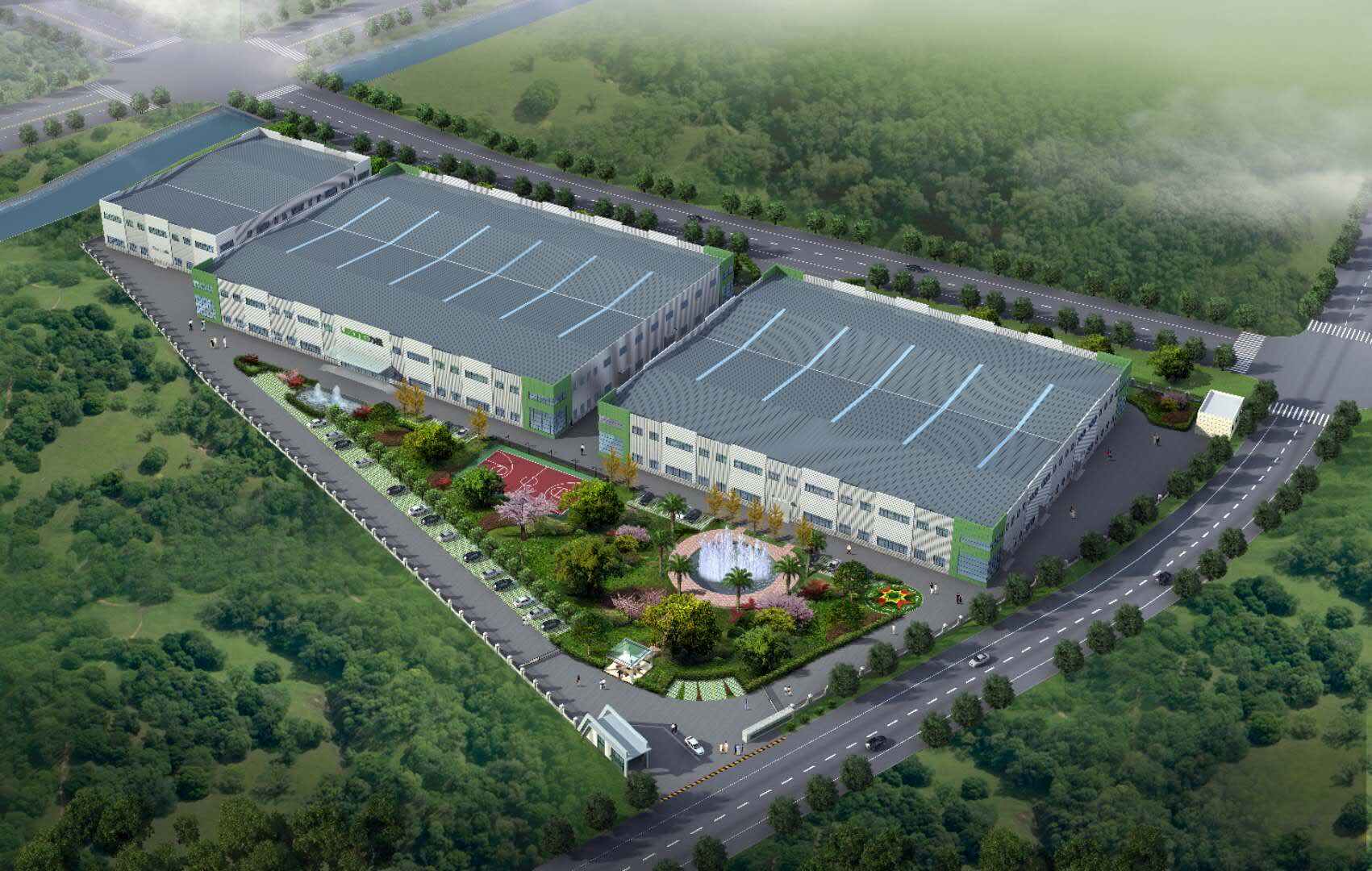Email format error
Email cannot be empty
Email already exists
6-20 characters(letters plus numbers only)
The password is inconsistent
Email format error
Email cannot be empty
Email does not exist
6-20 characters(letters plus numbers only)
The password is inconsistent

Plastic Injection Moulding Machine Manufacturer
Latest Blog

PVC Pipe Machinery in China: Electric vs. Traditional - A Comprehensive Analysis
1. Introduction
In the rapidly evolving fields of construction and infrastructure, the choice between electric and traditional PVC pipe-making machines has become crucial. This article delves into a comprehensive comparison of these two technologies, with a specific focus on the cost structure of establishing an electric PVC pipe manufacturing facility, ROI analysis, financing options, and government incentives.
2. Technical Comparison of Electric and Traditional PVC Pipe Making Machines
2.1 Technical Features and Working Principles
The electric PVC pipe-making machine stands out for its efficiency and precision in the production process. Its advanced automation technologies, including intelligent control systems, make the manufacturing process more flexible and controllable. In contrast, traditional PVC pipe-making machines rely more on manual operations, offering greater flexibility in certain production environments.
2.2 Production Efficiency and Quality
The electric PVC pipe-making machine demonstrates a clear advantage in both production efficiency and product quality. The highly automated manufacturing process reduces the likelihood of human errors, ensuring greater product consistency. Traditional PVC pipe-making machines, however, may face challenges in production speed and quality control but remain a viable choice in specific contexts.
3. Cost Structure of Establishing an Electric PVC Pipe Manufacturing Facility
3.1 Initial Investment Costs
When establishing an electric PVC pipe manufacturing facility, initial investment costs include equipment procurement, factory construction, and employee training. The purchase cost of electric PVC pipe-making machines is relatively high, but the long-term return on investment is enhanced by increased production efficiency. Factory construction and layout need careful planning based on machine dimensions and production scale to optimize the production process.
3.2 Operational Costs
Operational costs during the production phase primarily involve raw material procurement, electricity and energy consumption, and equipment maintenance expenses. Opting for high-quality, sustainable raw materials is crucial for product quality and environmental impact reduction. In electric PVC pipe-making machines, the high level of automation results in lower electricity and energy consumption. However, maintenance and upkeep of equipment are critical for ensuring continuous production.
3.3 Other Potential Costs
Management and administrative expenses, along with environmental and compliance costs, are hidden costs during the factory establishment process. Effective management and compliance practices can reduce potential legal and environmental risks, providing a stable foundation for long-term business development.

4. ROI Analysis and Considerations for Profitability
4.1 ROI Calculation Methods
Calculating the return on investment requires considering the overall output, sales revenue, and cost relationship. Precise financial analysis aids in predicting the return on investment period, assisting businesses in formulating long-term operational strategies.
4.2 Profitability Analysis
The relationship between production volume and sales revenue directly influences profitability. Implementing regular cost control and profit maximization strategies enables businesses to enhance their profitability. Additionally, risk assessment and mitigation strategies are crucial for ensuring long-term profitability.
4.3 Risk Assessment and Mitigation Strategies
Market risk and competition analysis are integral components of risk assessment. Understanding market trends and competitors' strategies helps businesses better plan for risks and formulate adaptive strategies.
5. Financing Options and Government Incentives for PVC Pipe Machinery Manufacturing
5.1 Financing Channels and Strategies
The choice of financing options depends on the scale and development stage of the enterprise. Common financing avenues include bank loans and collaboration with investors and shareholders. Well-crafted financing strategies provide the necessary financial support for enterprises.
5.2 Government Incentive Policies and Support Measures
Governments often offer tax incentives and subsidies to promote the development of the PVC pipe machinery manufacturing industry. Additionally, R&D and innovation incentive programs provide more opportunities for industry players.
Conclusion
Through this in-depth exploration, we gain valuable insights into the electric and traditional PVC pipe-making machines' cost and investment analyses. Balancing technological considerations, financial aspects, and strategic planning is essential for companies venturing into PVC pipe manufacturing in China.

